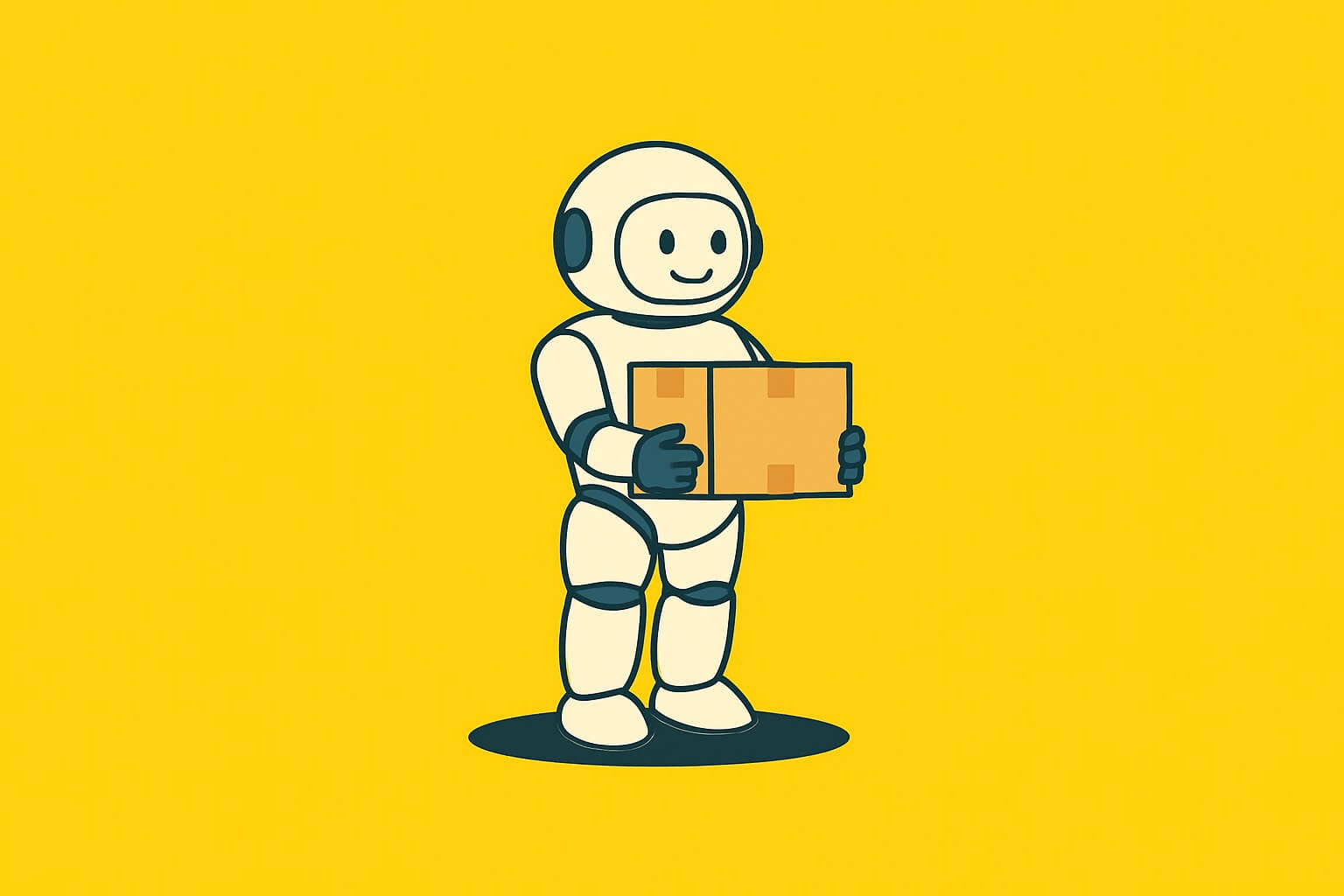In a recent demonstration from Shenzhen, China, humanoid robots were seen working on a warehouse floor, performing basic tasks like lifting and moving crates. These mechanical laborers mark what some are calling the first generation of humanoid workers, and their presence is igniting a wave of debate on the future of labor, automation, and the wisdom of designing robots to mimic the human form.
Why Humanoid?
At first glance, the decision to give robots two arms, two legs, and a humanlike posture seems more theatrical than practical. Wouldn’t a wheel-based robot or a mechanical arm on tracks perform warehouse tasks faster and more efficiently? Technically, yes. But the rationale for humanoid design runs deeper.
Our modern world is built for humans — our door handles, shelves, tools, and workspaces are all made with a bipedal, upright species in mind. Building robots in our image allows them to integrate into this environment without requiring a complete redesign of infrastructure. Essentially, if a robot can act like a human, it can potentially replace a human in any task without changing the environment — from loading boxes to flipping switches or climbing stairs.
Efficiency vs. Versatility
Critics of the demonstration were quick to note the inefficiency of these early robots. Their movements appeared slow and awkward, raising concerns about their real-world viability. Industrial robots, like those used in Amazon warehouses, often resemble oversized Roombas with robotic arms — and they move with precision and speed. Compared to these purpose-built machines, the humanoid bots look almost comical.
However, supporters argue that these early models are akin to the first home computers or floppy disks — slow and clunky at first, but prototypes for something revolutionary. Humanoid robots are not built for speed today; they are built for adaptability tomorrow. The goal is a general-purpose worker who can do any physical job a human can, given enough time and data.
Economic and Social Tensions
The excitement around humanoid robots also carries significant anxiety. Will these machines displace workers en masse, leading to widespread unemployment and social unrest? Some argue that only a subset of repetitive, injury-prone jobs will be automated, potentially sparing workers from long-term physical harm. Yet others see a darker future where the rich benefit from a robotic labor force while the working class is left with no jobs, no income, and no path forward.
Automation has historically lowered the cost of goods and created new job categories. Electricity and the internal combustion engine both rendered old jobs obsolete while birthing new industries. But humanoid robots evoke a unique unease — because they look like us, their replacement of us feels more personal.
Beyond the Factory Floor
The implications of humanoid robots stretch beyond logistics. Their development paves the way for potential use in elderly care, household chores, disaster response, and even companionship. The humanoid form isn’t just about utility; it’s also about interaction. We respond differently to machines that resemble us — a fact that may be exploited in both positive and questionable ways.
A Turning Point
What we’re witnessing is not yet a revolution, but a rehearsal. Humanoid robots are still too slow, too expensive, and too limited in functionality to replace humans at scale. But their presence in a demonstration — even one criticized as inefficient or symbolic — signals a shift in how we imagine work and who (or what) will do it.
As with any major technological shift, the future will depend not just on the machines we build, but on the policies, cultures, and choices that shape their use. If we want robots to transform our lives for the better, we must ensure they do so in a world where workers, consumers, and communities are all accounted for — not just replaced.


